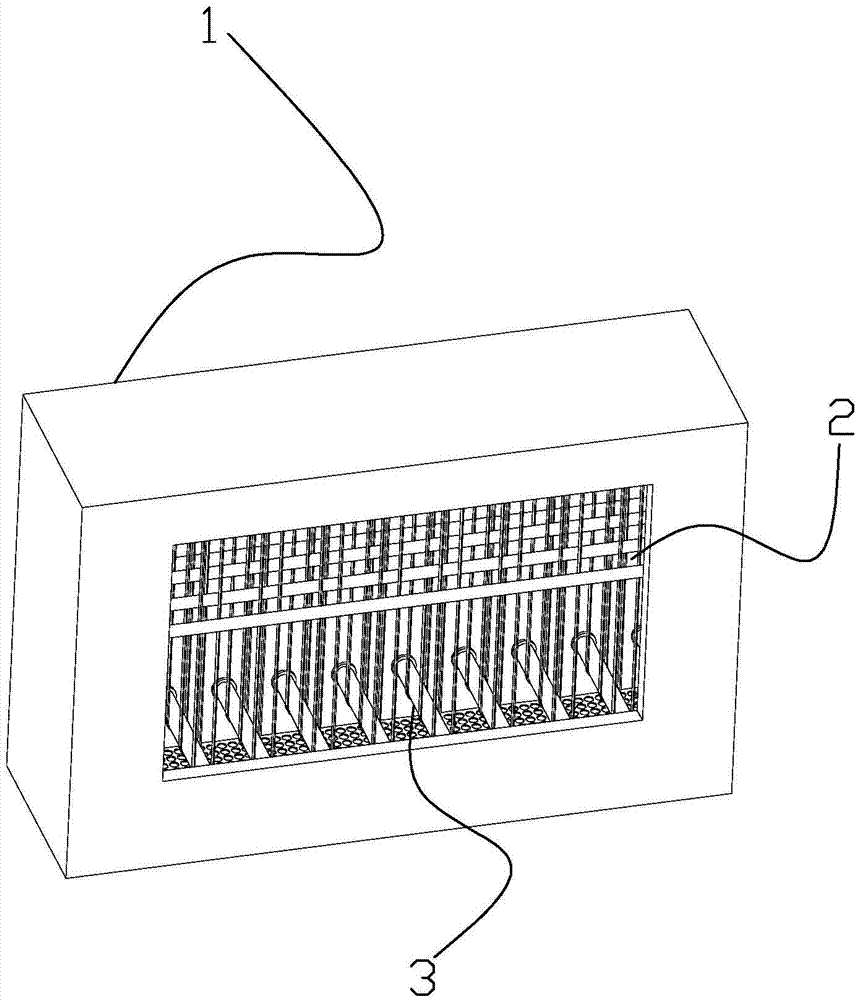Braid dyeing method referring to dip dyeing process
A ribbon dyeing and process technology, applied in the dyeing field, can solve the problems of unsatisfactory dyeing quality, low ribbon fastness, etc. Effect
- Summary
- Abstract
- Description
- Claims
- Application Information
AI Technical Summary
Problems solved by technology
Method used
Image
Examples
Embodiment Construction
[0011] The implementation of the present invention will be described in detail below in conjunction with specific examples, so as to fully understand and implement the process of how to apply technical means to solve technical problems and achieve technical effects in the present invention.
[0012] Unless otherwise specified, the technical means used in the examples are conventional means well known to those skilled in the art, and the reagents and products used are also commercially available. The sources, trade names and, where necessary, listing of constituents of reagents used are indicated the first time they appear.
[0013] Embodiments of the invention are:
[0014] refer to figure 1 , a kind of ribbon dyeing method with reference to exhaust dyeing process, comprises the following steps:
[0015] (1) Dilute the dye: Dilute the dye used in the exhaust dyeing process by 10 times;
[0016] (2) Put the dye prepared in step (1) into the coloring box 1, which is provided ...
PUM
 Login to View More
Login to View More Abstract
Description
Claims
Application Information
 Login to View More
Login to View More - R&D Engineer
- R&D Manager
- IP Professional
- Industry Leading Data Capabilities
- Powerful AI technology
- Patent DNA Extraction
Browse by: Latest US Patents, China's latest patents, Technical Efficacy Thesaurus, Application Domain, Technology Topic, Popular Technical Reports.
© 2024 PatSnap. All rights reserved.Legal|Privacy policy|Modern Slavery Act Transparency Statement|Sitemap|About US| Contact US: help@patsnap.com








